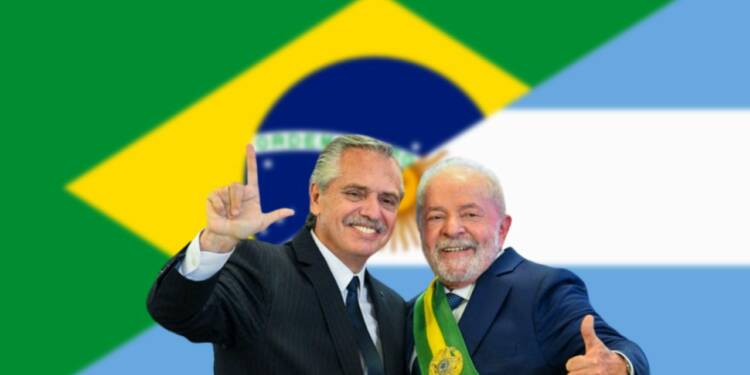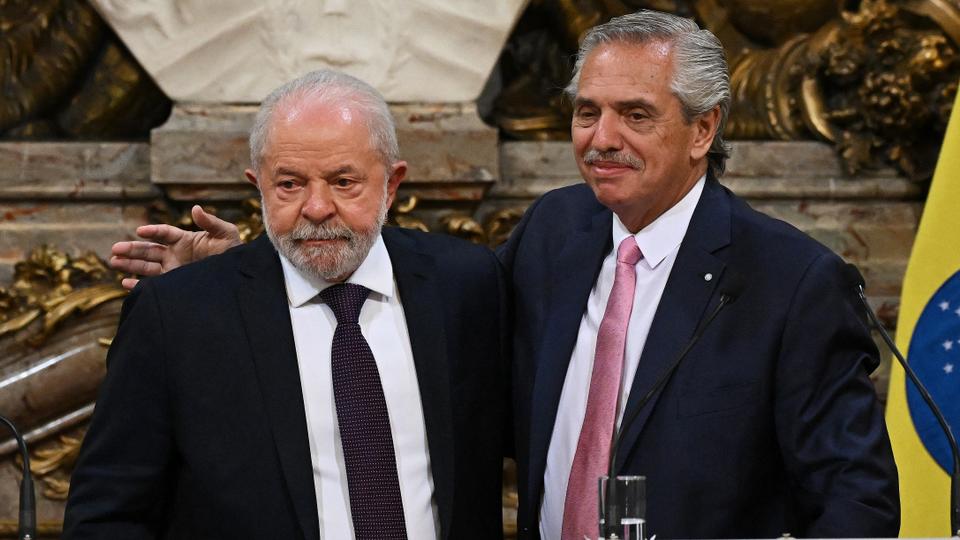https://www.b2bpay.co/anonymous-banking
What is Anonymous Banking?
MD: We know that anonymity cannot be tolerated for someone creating and destroying money in a “real money process”. We believed the reasons were obvious. This article suggests they are not only not obvious, they are not true. So we dissect this article and try to debate the reasoning.
Home»Blog»Bank Accounts»What is Anonymous Banking?
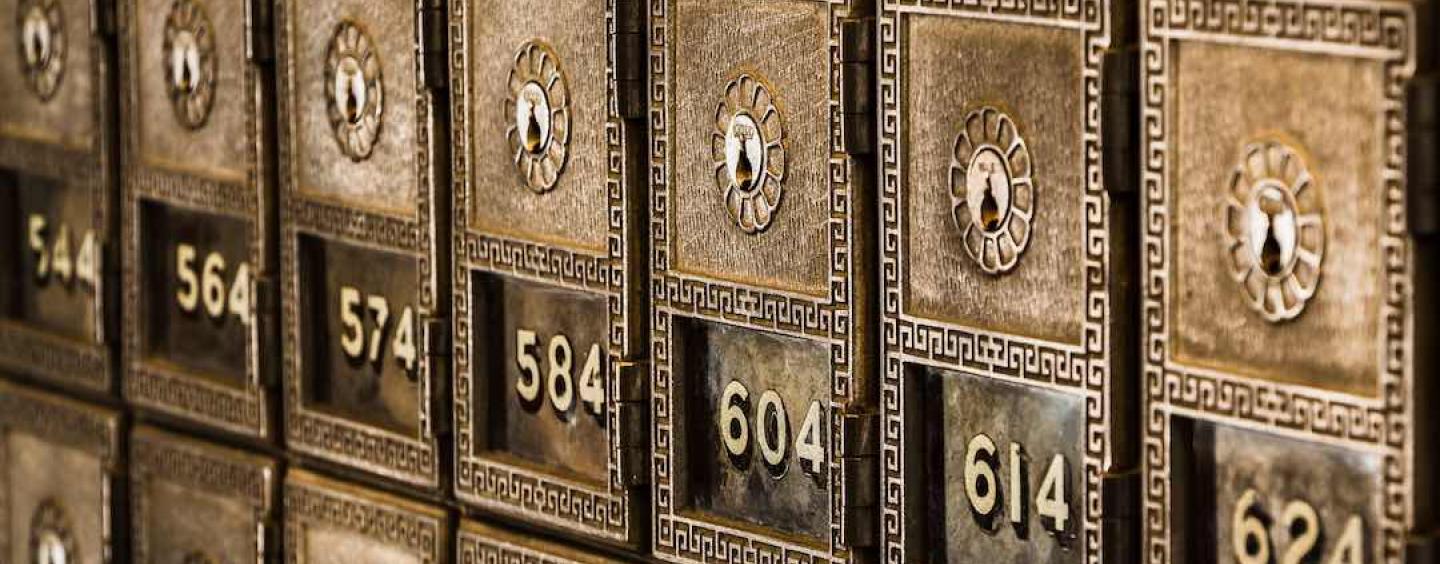
What is Anonymous Banking? Is Anonymous Banking Really Dead?
MD: This is provocative on its face. It suggests that there was ever such a thing as “anonymous banking”. We need to probe the instances of such anonymity claims and see if the anonymous tag is in-fact bondfide (i.e. is it really anonymous?).
Privacy. Personal data protection. Asset protection. Tax avoidance. These are some of the common motivations behind why an individual would want to conduct their banking transactions anonymously.
MD: We are not concerned with why an “individual” would be motivated to act anonymously. We are concerned with the operation of a “real money process”. We “know” such a process cannot allow anonymous creation of money. We know that to be counterfeiting. Counterfeiting is the only possible compromise of a “real money process”. You don’t want to make that compromise an actual attribute of the process. That’s kinda foolhardy.
For more than a hundred years, people with deep pockets, immense power, and influential connections have used anonymous banking to dodge the IRS, conceal criminal activities, hide money from creditors, aggrieved business partners, and former – and even current – spouses.
MD: Notice that such corruptions come with power and influence. We mere traders, just trying not to be scammed and be free to make our trades spanning time and space… we need not apply. This is getting exciting. I had a mortgage banker neighbor one time who said “all I want is a fair advantage”. What he meant was a “legal” advantage… which all bankers have. They institute the governments that make what they do legal…. for them, and only them.
Not all who require anonymous bank accounts use them for illicit activities. Many of these individuals sought the anonymity and privacy of secret bank accounts to protect their funds from corrupt governments and illegal seizures in their home country.
MD: Right away, we need to contrast between “accounting” and “money creation and destruction”. We don’t care how anybody does their accounting. And to us (i.e. the “real money process”) we don’t need that fancy word. We need two words, “creation” and “destruction”. And we need two processes: “addition” and “subtraction”. And finally we need to locate the creator and destructor in real time…all the time… and the interim user none of the time.
And we need to keep creation/destruction activities in regard to the “real money process” transparent to all… and for all time (or at least for the time the process recognizes the money created remains un-destroyed… i.e. to exist). Money creation/destruction “never” happen anonymously as far as the process is concerned. They never have aliases or are aliases. And they never exist in a fashion that can be mimicked by anyone else. Creators/destructors are, for all intents and purposes, unique to the system as long as they have any in-process money attributed to them.
This raises the question? Can they ever leave the process once they’ve destroyed all their money. The simple answer is “yes”… they can. Should they leave? The choice is theirs. The process needs to know actuarially (or claim by rule) their “propensity to keep a promise”. The devil is in those details. However, when a trader proves to be reliable (no default history), they pay zero interest. Their freedom (the pedantically blessed choose the word “liberty”) to create money is another matter… to be determined actuarially (e.g. credit score).
With the lawsuit against Swiss banks in the 1990s and the inception of the FTA-Swiss Tax Agency Data Exchange Data Exchange Era in 2018, absolute incognito banking has come to an end. Nevertheless, there are still ways to send money anonymously which are discussed below.
MD: This is kind of fishy. Banks create governments that create laws to protect banks… and then people sue the banks? This is looking like an internal squabble among thieves. And it’s about taxes. Remember, “all” taxes go to the money-changers… they call it interest. Governments operate off of inflation…i.e. counterfeiting money.
Not only will there always be ways to send money anonymously, traders demand it. But in a “real money process” there is never an instance where money can be created and destroyed anonymously. It’s the main feature, not a bug.
What is Anonymous Banking?
Anonymous bank accounts, also known as secret bank accounts, numbered bank accounts, or Goldfinger accounts, were introduced in the 1940s. Available only in a number of countries like Switzerland and Austria, these accounts could be opened without identification. No passport required. No driver’s license required. No proof of address necessary. Read how to open a bank account and register a company in Switzerland
MD: Sounds kind of like Bitcoin doesn’t it…once again proving bitcoin isn’t money. And leading us to believe (actually know) what banks claim to do does not involve “real money”. It’s their proprietary fake stand-in for money. And the instance being described here doesn’t create or destroy money. It just claims to keep it safe. If you die and your number is lost? Well, with bitcoin your money is lost. In the case described here the money sits in the bank for a really long time… until a law is passed allowing someone else to grab it… which is the process being described here.
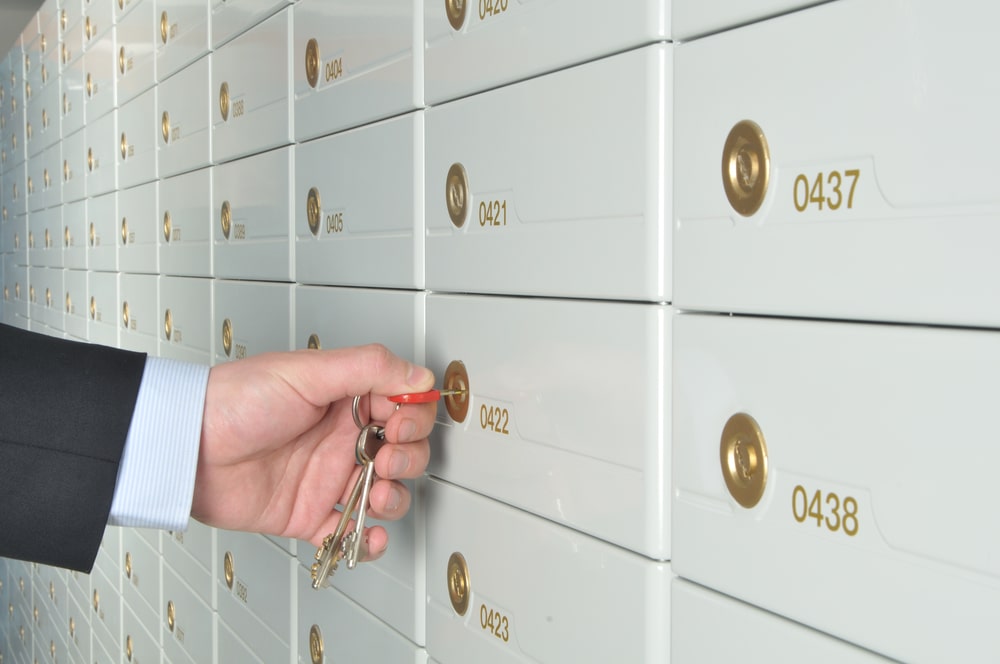
The bank would have no knowledge of the ultimate beneficial owner as it wouldn’t bear the holder’s name making it truly anonymous. Instead, a numbered bank account was labeled by – you guessed it right – a set of numbers. This was to preserve anonymity. In addition to the multi-digit number, some Swiss banks use code names like Octopussy, Cardinal, or Cello, as another way to identify the client. The only way to access the account would be in person using the booklet and codeword provided by the bank. Sounds like a Bond movie, right?
MD: But banks are charging for this service. How can they charge somebody they don’t know. Well, they charge the account. And then when the somebody comes for their money, they first pay the charges and then get what’s left. Of course they expect their money to earn money for them as well. Those earnings are also handled when the someone shows up for their money. But how can the banks earn? Well, they get to create 10x as much money as they have in safekeeping. There’s the scam. They make the money on what they create. If they pay you 3%, they are actually able to make 10x that (i.e. 30%)… through counterfeiting when contrasted with a real money process. What a slick scheme… and they’ve made you think that’s legitimate practice.
The Birth of Anonymous Banking
There are two versions of the beginnings of anonymous banking.
MD: Here I predict it’s going to get really humorous. Let’s watch intently.
The Popular Version
This version is considered to be the official version was said to be disseminated by the Swiss banks themselves. It recounts that in 1934, Switzerland enacted a secrecy law for the protection of funds that Jewish victims of Nazi persecution deposited in the country. The great irony here is that the institutions that aimed to protect Jewish victims were sued over dormant Swiss accounts of murdered Nazi victims through US courts. Sebastian Guex of the University of Lausanne views this version as “propaganda.”
MD: How did they know the depositors were victims… or Jewish… or anything else? How could they know know a dormant account was a murdered Jew? Was the Swiss bank run by Jews… with special rules for Jews? Inquiring minds want to know.
Sebastian Guex’s Version
Guex’s version portrays the Swiss banks in a different light. He said that in the early part of the 20th century, these financial institutions started publicizing themselves as tax havens. They did this because of their inability to rival the big banking hubs in Berlin, London, and Paris. As early as 1910, they were already advertising their capacity to facilitate tax evasion in France.
MD: Now that’s pretty rich. Money-changers institute governments to protect and perpetuate their scams. The main scam is collecting taxes… governments just counterfeit. Your taxes pay interest to the money-changers. Now along comes a money-changer who doesn’t know the scam? How can that be?
The havoc and disruption brought about by World War I catapulted Switzerland’s banks to become top-of-mind when it comes to financial haven.
MD: Keep this Swiss attribute in mind. They claim to be neutral. And they have no offense… just a defense. They dig holes in their mountains and hide in there when threatened.
Guex explained that the Great Depression made a huge dent on Swiss banks. To add to the pressure, Germany and France were striving to interrupt the flow of capital to Switzerland and crack down tax evasion in their countries. France swooped on and confiscated records of Swiss banks offices in Paris in 1932. The raid disclosed huge amounts of francs stashed in Switzerland. The Swiss enacted the banking secrecy law in 1934 to prevent this from happening again and preserve their ability to hide money regardless of where it came from. This law made it illegal for banks to divulge client information to third parties without the consent of the client.
MD: Ah… you’ve got to love the rule of law and law making don’t you. And particularly you have to love prosecutorial discretion is this regard.
The Death of Numbered Banking
For decades, people seeking banking discretion have enjoyed true anonymous banking using Swiss accounts. Until the controversy over Jewish assets in dormant Swiss bank accounts in the 1990s ignited and Switzerland started exchanging information with other countries in 2018.
MD: But what information did they have to exchange? They only had numbers. It’s like the old method of proving a contract. The contract was written on a sheet of paper by both parties in their own hand. The contract was then torn in half, each party taking a half. To prove the contract, the halves were placed back together. Now if one half gets lost it’s as if the contract never existed in the first place.
Let’s consider this where money creation is concerned. Say someone can create money anonymously and then give it to someone else who spends it. The someone who created it must ultimately return and destroy what he created. The person who spends it can forever be anonymous.
But with no records, return of the money and its destruction cannot be guaranteed. DEFAULT mitigated immediately with INTEREST collection of like amount cannot be effected. The money just goes into the marketplace and dilutes the other money… i.e. causes inflation. Anonymity must never be allowed in the money creation/destruction process for this obvious reason. And the whole process must be perpetually transparent. A zillion eyes keep the process honest.
The Holocaust Victims-Swiss Banks Debate
This controversy became the greatest foreign policy crisis for Switzerland since World War II.
In the mid-1990s, Jewish groups began asking about the dormant Swiss accounts including assets of Holocaust victims. Then the United States got involved in the dispute which pressured the Swiss banks even more. A couple of investigations were conducted. One of which was commissioned by the Swiss government, bringing to light evidence of Jewish refugees being refused entry through the Swiss border, the central bank purchasing gold pillaged from Jews, and Swiss firms making money from the Nazi war machine.
MD: How did they know about the dormant Swiss accounts? What did they know about those accounts? How did the prove they central banks stole Jews gold or paid money for it? And why would a money system care how firms make money from money? It’s none of the money system’s business… just like full employment and growth are none of the money system’s business. The money system is exclusively about trades spanning time and space. That’s it!
The biggest blow was when individual class actions were filed in the US demanding damages against Swiss banks. The two largest Swiss banks – Credit Suisse and UBS – caved in to the pressure of accusations and threats of boycott. They disclosed information of accounts of Holocaust victims and agreed to give the money back to their descendants. The parties agreed to a billion-dollar settlement in 1998.
MD: What was the damage? Who was damaged? Who was doing the damaging? What pressure was applied to the banks? How could any pressure be applied to them? How could there be any information of Holocaust victims? There isn’t even forensic evidence that the Holocaust occurred… and it’s against the law to find out. They agreed to a $1B settlement? Those two banks paid some Jews a billion dollars? Why? Was the whole thing an inside job? After all, weren’t the bankers Jews too? This stinks to high heaven… as usual.
The FTA-Swiss Tax Agency Data Exchange Era
On October 5, 2018, the Swiss Banking Secrecy came to an end.
MD: Yeh… right. And the tooth fairy exists.
On that fateful day and for the first time, the Swiss Federal Tax Administration and the Federal Tax Administration officially began trading bank account data with tax agencies in other countries. All of a sudden, individuals could no longer conceal shady money in Swiss banks since their information would be shared with their home country.
MD: And they couldn’t conceal it in the Bahamas either, right? Wrong! It’s like squeezing on a wet bar of soap when it comes to pinning these scammers down. And frankly, fighting tax fraud is not in a trader’s interest. Governments and their taxes are not about traders (like yours and my) interests. They about guaranteeing tribute payments to the money-changers. The best way to eliminate tax fraud is to eliminate taxes… i.e. eliminate government.
R.I.P., Swiss Secret Banking. (1934-2018).
But wait, is anonymous banking really dead?
MD: Of course not! Why kill the cow that gives golden milk?
Private Banking Today
Today, you can still open a Swiss account to enjoy privacy in banking, but it’s no longer 100% anonymous banking. You now have to get through multiple phases of clearance procedure and show proof that your assets are from legal sources. Some banks in Asia, Europe, North America, and South America that have taken on this operation also require clients to submit to rigid vetting and disclose the identity of the ultimate beneficial owner. It is unlawful to use fake names to open an account in the European Union, the United States, Switzerland, and other off-shore financial hubs.
MD: Not 100% anonymous? Is that like being sorta pregnant? Actually I got stuck in these rule changes. I put some of my retirement funds in GoldMoney.com. They claimed to be able to protect my money against theft and inflation by using it to buy gold; storing the gold in multiple secret locations; and without any government intervention.
Later when I went to reconcile my account, they wouldn’t let me see the records unless I gave them my banking information and told them where my money came from. I no longer had a banking relation… my credit union let the government steal all the money in my account. And I wouldn’t give them GoldMoney.com the information they demanded. They said the Canadian government had regulations that prohibited what I wanted to do. How did the Canadian government get authority of me and GoldMoney.com?
When I bought my gold there, GoldMoney.com claimed to be ruled by the Isle of Wight I think. What happened to that? I guess my descendants will work it out when I’m gone… and of course will they lose to government as I did. It’s time to stamp out government all together, or admit that we are all hopeless slaves to it.
The Closest Thing to Anonymous Banking: Anonymous Offshore Bank Accounts
MD: Why do you want to get close to “Anonymous Banking”? You really want to remove anonymity totally from banking. But you want all money “in circulation” to be anonymous… just as if you were trading in corn or piglets. That’s what traders want and deserve. Introduce it and “they will come”. Introduce it and banks and governments as we now know them will rot on the vine… without a shot being fired. They will be competed out of business. Now watch the sand get kicked up.
Although you can no longer conduct your financial affairs the way you can with Swiss secret accounts, there are still countries where banking secrecy remains inviolable. To add a layer of confidentiality between the account and the true holder, individuals who do their banking in these jurisdictions often set up an offshore company with nominee directors. Doing so will eliminate the need to use the beneficiary names. When subjected to scrutiny, only the nominee directors’ names will be revealed. Opening an offshore bank account usually comes with a hefty price tag and may be bound by local laws in the country where the account was opened.
MD: And bammo. The mitigations enumerated here will one-by-one be removed by the “rule of law”. What’s not to love about this “rule of law” thing. Who’s going to be a director when it is they who get waterboarded over this? Hefty price tag? Why? What’s the high price buying and who’s getting it? Bound by local laws? Anybody forced to be in a homeowner’s association? Local laws? Miss a payment and they take your housej… with laws that didn’t exist when you built or bought it.
Online Anonymous Banking
A number of organizations with online operations are claiming that they can provide absolutely anonymous bank accounts. Typically, such an organization would open an account with a bank, then would provide the client the passwords and code numbers to access the account online. Going down this route is extremely risky and, for all you know, you may just be dealing with frauds. Despite the client being given access, the legal account holder remains to be the facilitating organization. At any time, the organization can legally withdraw all the money in the account and close it and the client may not be able to legally do anything about it.
MD: This is a perfect example of taking the exact wrong approach to a problem… and pretending to have solved the problem while just making it easier for the problem to be imposed on you. And regarding passwords: There is only one password that works… the one only you ever see. There is only one code that ever works… the one time pad based code. All others are not only vulnerable, they’re like giving the key to everyone who asks for it. So he sets up his straw man and knocks it right down. Now what?
How to Do an Untraceable Money Transfer?
MD: Why do you want to do an “untraceable money transfer”. A money transfer is exactly what you want to do to effect trade spanning time and space. That’s what money is. It’s not about keeping it from being traced. It’s about keeping it from be counterfeited!
Secret bank accounts often evoke a cloak-and-dagger undertone and are usually associated with illicit pursuits, such as tax evasion, political corruption, and drug trade. Nonetheless, there are legitimate motivations for individuals to seek to stay anonymous when doing transactions. One reason could be that they want their financial details, such as their transaction history or net worth, to be inaccessible to hackers and advertisers who may exploit them. If you have a business with trade secrets and client privacy to protect, all the more you’d require incognito transactions.
MD: Notice all the issues he enumerates are government addressed issues… i.e. issues made worse by government. None of these businesses are problems until government gets into defense against them. Remember, the best defense… and the only real defense… is self defense. You’re entitled to do almost anything in complete privacy. But you’re not entitled to create and destroy money in complete privacy because it is transparency that makes creation of money be money… the most common object in every single barter exchange.
On a smaller scale, when you want to transfer money without leaving a trace for hackers and advertisers to exploit, you can opt for an untraceable money transfer. There’s virtually no way to transfer money that cannot be traced. Transferring money through third-parties, like banks, digital platforms, and payment gateways will always leave some transaction footprint since they store your sending and receiving history.
MD: He says “there’s virtually no way to transfer money that cannot be traced.” Oh really? Then what’s the big deal? Make it openly traceable. If you hand me a candy bar and I hand you a dollar bill, that’s traceable… by you and by me. Thus, only traceable by those we trust… and not traceable by anyone else at all. That’s trade. But it’s not money creation.

Paying in cash is one sure way to make an untraceable money transfer. Although the anonymity will hinge on the trust and agreement of the parties involved. The transfer remains untraceable as long as both parties keep their end of the bargain.
MD: Guess I should have read that before I made my comment. It’s hard to stay behind the obvious.
Besides cash, there are other options ranging from the completely anonymous to the semi-anonymous. Some of these methods are discussed below.
MD: Let’s see if he discusses “beads” at a Caribbean resort… or chips at a casino. There’s also a group of Indians (e.g. from India) who run a network for money transfer. It’s called “hawala”. Basically they are located everywhere and personally know and trust each other. One accepts a deposit. He then tells his buddy in the network to give that amount of money to someone coming for it at the other location. It’s all done with trust and record keeping. No government intervention. And it works… because government isn’t involved and the cost of cheating the Indians is more than anyone is willing to bear.
How to Send Money Anonymously?
Despite the demise of anonymous banking, there are other ways to send money anonymously even without a secret bank account. Whether your purpose is to keep your generosity secret, make a private payment, keep your personal information safe and private in your online transactions, here are ways for you to send money without revealing your true identity:
MD: A real society doesn’t run on secrecy. It runs on openness and honesty. We’re a long way from a “real society”. However, with transparency, an alternative can be run that competes with the corrupt society we have become. And a “real money process” is central to that solution.
- Digital currencies. For the tech savvy, cryptocurrencies are an effective means to transfer funds anonymously granting that the sender and recipient both have the necessary software to transfer the currency back into their desired currency (e.g. US dollars).
- Paysafecard. To use this anonymous payment app, you have to look for retailers selling prepaid Paysafecard vouchers from whom you can buy the vouchers using cash. You can then use the Paysafecard 16-digit PIN to pay online without being identified. Vouchers are more readily available in Europe, but you may have trouble looking for retailers in North America. The mobile app includes a search function to find local retailers.
- Paypal, Venmo. These payment services allow you to send money both directly and anonymously. By using an email that the recipient doesn’t recognize, you can send money without them knowing who you are. However, you have to verify your identity with Paypal to be able to fully use this payment method, but there’s a workaround.
MD: Hmmm. A globally distributed ledger is not given. No matter. The issue is that money put in one end of a pipe comes out the other end of the pipe and goes immediately to the one who is entitled to it. That’s not the issue that’s corrupting our money. Government counterfeiting and money-changer demands for tribute are what ruins our money.
If you’re willing to go through all the trouble for anonymity’s sake, then you can follow these steps:
- Set up a clean IP.
- Create an untraceable Paypal account using an address that is linked to the paid VPN.
- Add an anonymous debit card to verify the account.
MD: This requires a third party. A real money process depends on the entire marketplace being the third part. Thus, there is virtually no-one who is called the third party. The best way to implement this is to emulate the hawala process… but do it with a globally accessible ledger.
You can secretly send, receive, and withdraw funds using this, however, if dubious activity is uncovered, it can lead to legal risks.
MD: All you have to do is mention “legal” and you’ve introduced a show stopper. You can’t improve on the golden rule by inventing 40,000 laws each year that say what it is. Do that and someone thinks something not covered is therefore legal. And that demands the 40,001 law. As soon as you create one law to support the golden rule you have destroyed the golden rule.
- Prepaid debit cards. These cards are just like gift cards and are often used as gift cards. Pre-loaded with a specific amount of money, they can be used like a credit card with the payment instantly debited from the balance. They are widely available and can be used on services where they are accepted.
- Disposable Virtual Credit Cards. From the name itself, these virtual payment cards use temporary numbers that are only good for one use and then discarded after. Think burner phones and self-destruct messages. Yes, they sound like they’re tools of those spy movies but they’re totally legit. Just make sure you get them from reputable sources. Examples are NetSpend, Revolut, ecoPayz, and CitiCards.
MD: It’s interesting they introduce these methods… at this time. Just this week I got scammed out of $900 by an email from a girl I’ve known since first grade… nearly 75 years. I’m still investigating how it happened.
Her email (which was personal enough to fool me … but generic enough to use on anyone) said she wanted to give her best friend (who is fighting cancer) a gift from Amazon. For some reason her use of Amazon wasn’t working… would I buy the gift and send it as if from her friend and she would send me a check for the amount. I said sure… give me a link to what you want to buy; and the address where you want it sent. Amazon has a feature where you can specify what your buying is a gift. I’ve never used it… but knowledge it exists made this look legit.
She gives me a link to a Door/Dash gift card (whatever that is). I guess you can also buy them at convenience stores… I don’t know, I’m an old person and don’t do that. Amazon let’s me buy the card which they send to me. Or they allow me to send to an email address. The email address was menadcruz@hotmail.com. So I sent it there. She then somehow waits until this person has the card and then confirms it with me. I guess that’s to give the scam a more credible appearance.
The whole story continues, but this is enough to see how easily a trusting person can be scammed with “new” technology. It’s like the “phishing” scam. For all I know, my friend is dead and the information needed to pull this off is openly available in settling the estate. No point in sending her an email for an explanation. I’m talking with the “man in the middle”. Fool me once, shame on you. Fool me twice, shame on me. Amazon help? Worse than zero. Government help? You’ve gotta be joking.
The Different Governments’ Position Around Anonymous Banking
Many governments have prohibited the use of numbered accounts since they are usually linked to account holders who intend to either avoid taxes or the prying eyes of their government.
MD: And you can be sure governments are not doing that for your protection. Governments protect the money-changers that institute them… and their continuous stream of INTEREST payments you know as taxes. And government police and armies protect the governments themselves. It’s been that way for all of recorded history… and is no different now.
Most laws regulating the use of numbered bank accounts have made it a requirement for account holders to sign a document and go through a background check to verify their identity and their association to the account.
MD: And that’s not to protect you. That’s to guarantee the government is your willing partner in whatever process you are involved. It’s now an obvious overt pattern.
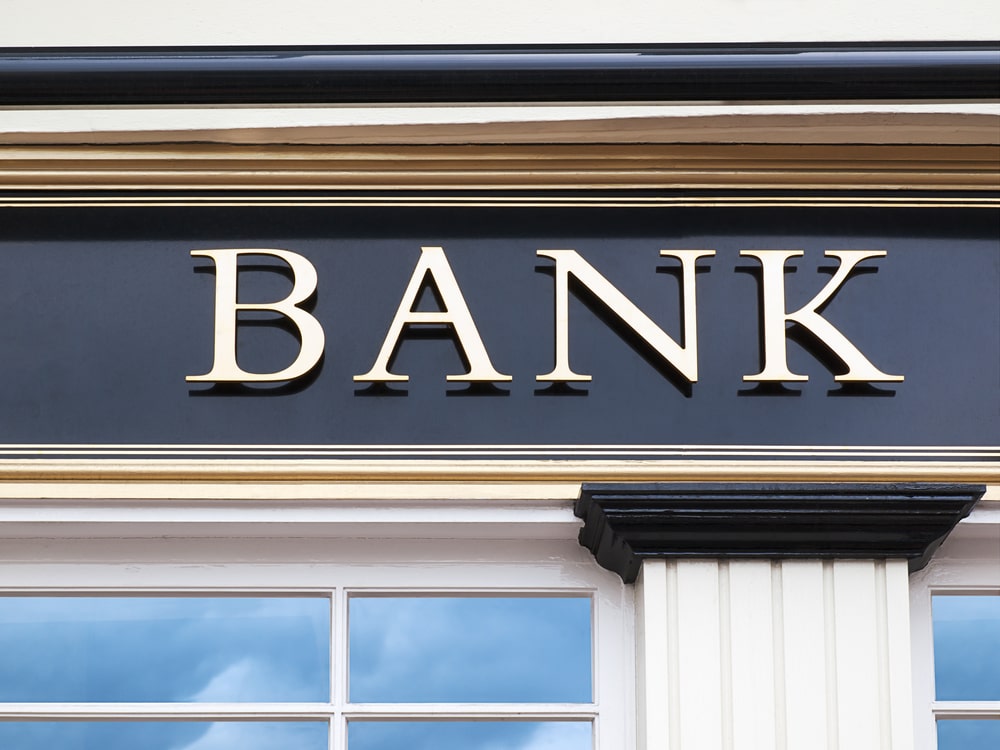
In the face of regulations, numbered bank accounts remain more private compared to normal bank accounts. For instance, in Switzerland, it is illegal for bankers to reveal whether or not an account is numbered to any governmental agency if there is no evidence of deliberate fraud. Proof of mere non-reporting of assets to evade taxes is not sufficient.
MD: You can be sure, now days anything government sanctioned has a government backdoor. Your only defense is self defense. Your only security is a one time pad. Invent your own cyber code. The professionals cryptologists will say that’s foolish. Just like lawyers say being your own lawyer shows you have a fool for a lawyer. But do what the professionals say and you are guaranteed to get screwed. Work up your own process and it at least takes them a little longer to screw you… you haven’t greased the skids for them in advance and built in their best weapon against you… the stall.
Commonly associated with Swiss banking, the following countries have become popular destinations for banking discretion:
- Monaco
- Luxemburg
- Singapore
- Hongkong
- Ireland
- Lebanon
- Cayman Islands
MD: So what’s that give, 180 minus 7 that you may still trust? Actually there are none you can trust. Zero, zip, nada!
The banking secrecy law in Singapore outlaws banks incorporated in Singapore or foreign banks with branches in Singapore from divulging any client information to any person except as explicitly provided by the Third Schedule of the Act. The exceptions to disclosure stated in the Third Schedule allows a request for information from a court or police officer in order to investigate or prosecute.
MD: The only way you can keep them from divulging information is to never let them see it in the first place. They’re even telling you the backdoor their going to use against you… the court or police officer.
For a long time, Monaco had been one of the favorite tax havens. In 2016, the independent state signed a new tax transparency agreement with the European Union, agreeing to automatically exchange information on the accounts of each other’s residents.
MD: It used to be a government was strong enough to protect themselves. It must be getting really competitive. Governments are openly ganging up again. That’s what you do before you start world wars. You get all you alliances defined.
The Common Reporting Standard has been launched by the Organisation for Economic Co-operation and Development with the aim of impeding tax evasion using Automatic Exchange of Information Agreements between tax authorities of countries. This was derived from the US Foreign Account Tax Compliance Act. From 47 when it was launched, now more than 100 countries have signed up to CRS to share information, including:
- Australia
- Belize
- Canada
- China
- India
- Hongkong
- Mexico
- Pakistan
- Russia
- Seychelles
- United Kingdom
- Countries in the European Union
MD: Ok. They’ve eliminated another 100 countries we might have thought we could trust. Earth to reader: You can’t trust countries. They’re not on your side. They are specifically designed to fence you in…. not keep others out (witness the USA southern border right now).
Having already enforced FATCA and providing mutual acces, the United States have not officially signed up for CRS.
Aside from the United States, the following have not signed up for CRS:
- Armenia
- Cambodia
- Dominican Republic
- Republic of Georgia
- Guatemala
- Kazakhstan
- Macedonia
- Montenegro
- Paraguay
- Philippines
- Puerto Rico
- Serbia
- Ukraine
MD: So look at the options left. 13 of them. That’s an unlucky number. Let’s drop Ukraine. Dominican Republic… and not Haiti? How about Cuba.
The era for true anonymous banking may have ended, but new ways of doing financial transactions discretely have emerged. Whatever your reasons for wanting quiet banking, there are a variety of options to achieve financial privacy, ranging from the small-scale funds transfers using anonymous debit cards, payment apps, and digital currencies to the extensive banking transactions through private banking in countries like Singapore, Switzerland, and Seychelles. Just make sure you abide by the banking laws of your country and the country where you do your banking.
MD: One down… one to go. Now we just have to eliminate banking. And the way to do that we know is by instituting a “real money process”. We get zero interest loads for responsible traders; we get zero inflation for everyone using the money; and we get money in perpetual free supply. We get no nonsense like “full employment” and “growth”. We actually get free unencumbered trade. And we compete banks and counterfeiting governments out of business. Whata concept.
Page content
- 1. What is Anonymous Banking? Is Anonymous Banking Really Dead?
- 2. What is Anonymous Banking?
- 3. The Birth of Anonymous Banking
- 4. The Death of Numbered Banking
- 5. Private Banking Today
- 6. The Closest Thing to Anonymous Banking: Anonymous Offshore Bank Accounts
- 7. Online Anonymous Banking
- 8. How to Do an Untraceable Money Transfer?
- 9. How to Send Money Anonymously?
- 10. The Different Governments’ Position Around Anonymous Banking
Share this article
Recommended articles
best virtual bank accountsavings accountchecking account
What is the difference between checking and savings accounts?
If you are new to banking, then you might listen an array of accounts provided by your bank but what to choose and…
June 2020
How to open a bank account in Australia
How to open a bank account in Australia
How to open a bank account in Australia As the amazing country that is is, Australia is…
June 2017
How to open a bank account in Bulgaria
How to open a bank account in Bulgaria
How to open a bank account in Bulgaria Bulgaria is one of the most vibrant and exciting…
June 2017
Join the 10 thousand plus businesses already with B2B Pay

C/O Valjas, PL 747
00101 Helsinki, Finland
B2B Pay: Non resident bank accounts
Connect with Us
Copyright © B2B Trade Payment Services AB 2017. All Rights Reserved






 Toward Economic Democracy
Toward Economic Democracy by
by